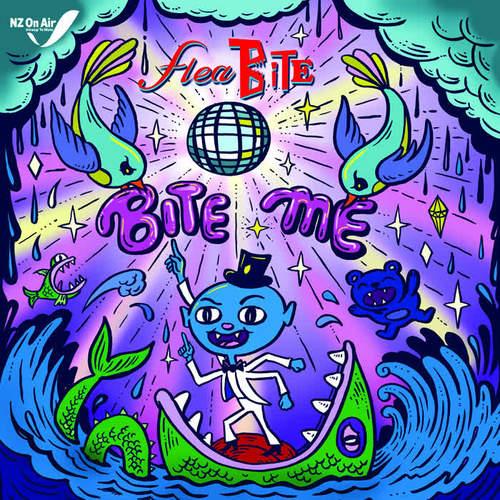
Flea Bite Pictures: A Comprehensive Guide
Have you ever wondered what a flea bite looks like? Flea bites can be quite common, especially during the warmer months when fleas are most active. In this article, we will delve into the details of flea bites, including their appearance, symptoms, and how to identify them. We will also provide you with a collection of flea bite pictures to help you recognize these bites when you see them.
Understanding Flea Bites
Flea bites are caused by the bite of a flea, a small, wingless insect that feeds on the blood of its hosts. Fleas are known for their ability to jump long distances, which makes them quite efficient at finding new hosts. When a flea bites, it injects saliva into the skin, which can cause an allergic reaction in some people.

Here’s what you need to know about flea bites:
| Appearance | Symptoms | Location |
|---|---|---|
| Small, red bumps | Itching, swelling, and redness | Anywhere on the body |
| May have a central dot | Can be painful | Especially common on the legs, arms, and buttocks |
As you can see from the table, flea bites are typically small, red bumps that can be quite itchy. They may also have a central dot, which is the flea’s bite mark. The bites can be painful, especially if you are allergic to the flea’s saliva.
Flea Bite Pictures
Below, we have compiled a collection of flea bite pictures to help you identify these bites. Take a look at the images and compare them to any bites you may have.




As you can see from the pictures, flea bites can vary in size and appearance. Some may be larger and more inflamed than others. It’s important to note that not everyone will react to a flea bite in the same way, so your experience may differ from the images shown here.

Identifying Flea Bites
Now that you have seen some flea bite pictures, let’s discuss how to identify these bites. Here are some key points to consider:
-
Look for small, red bumps on your skin.
-
Check for a central dot in the center of the bump.
-
Notice any itching, swelling, or redness around the bite.
-
Consider if you have recently been in an area where fleas are known to thrive, such as a pet’s bed or a yard.
By paying attention to these details, you can help determine if you have been bitten by a flea.
Preventing Flea Bites
Now that you know how to identify flea bites, it’s important to take steps to prevent them. Here are some tips to help you avoid getting bitten by fleas:
-
Keep your home clean and vacuum regularly to remove flea eggs and larvae.
-
Use flea prevention products on your pets, such as collars, sprays, or topical treatments.
-
Keep your pets away from areas where fleas are known to thrive, such as tall grass or wooded areas.
-
Wash your clothes and bedding in hot water to kill any fleas that may be present.
By following these prevention tips, you can reduce your risk of getting a flea bite.
Conclusion
Flea bites can be quite itchy and uncomfortable, but they are usually not a serious health concern




